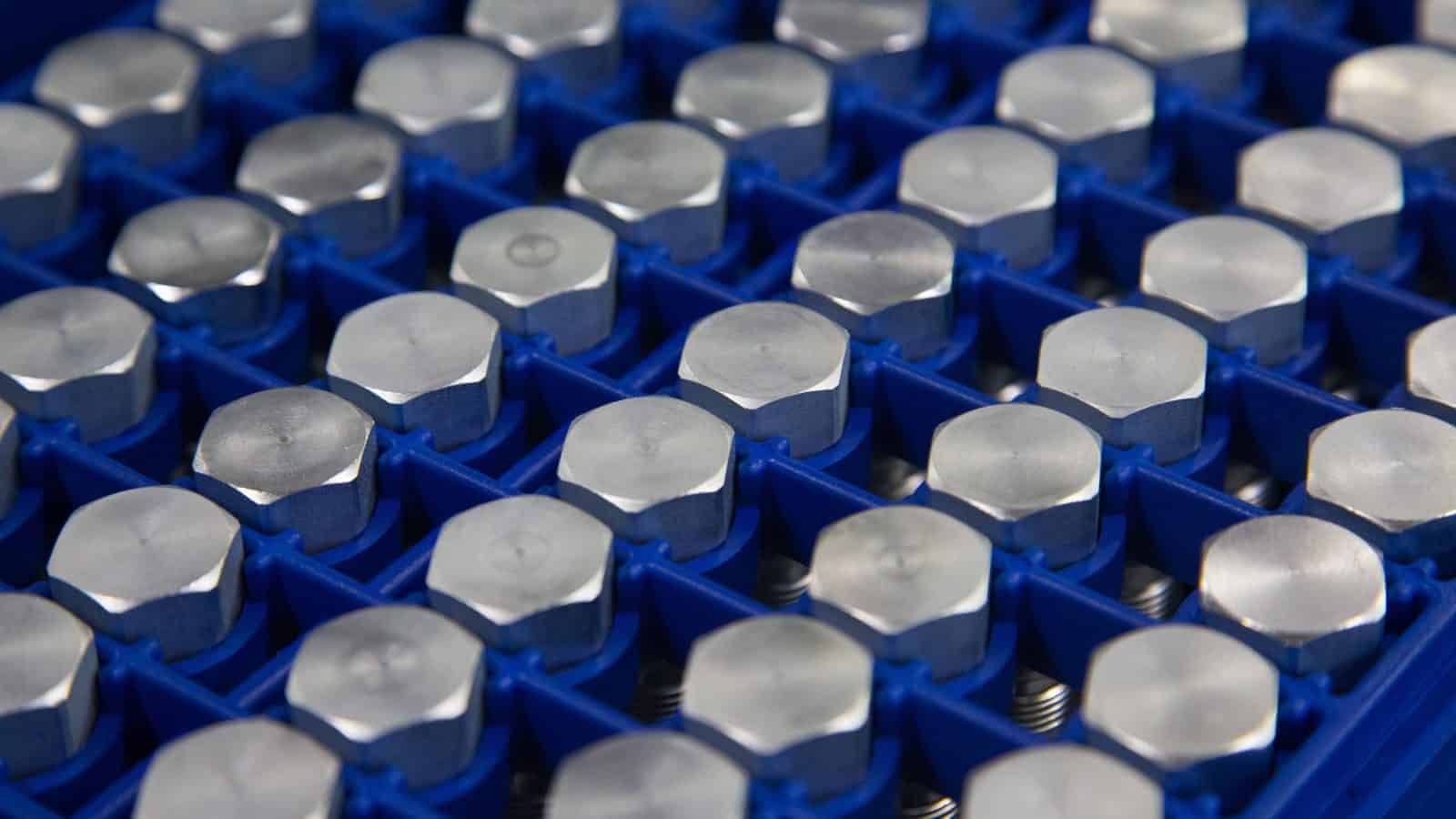A Majority of Kansas City Manufacturers Anticipate Higher Product Demand in 2026
Manufacturing activity stepped up in the Tenth District in September, with the month-over-month composite index at 4, up 3 points from August. Meanwhile, expectations for future activity remained expansionary but softened, declining 4 points to 7. The Tenth Federal Reserve District encompasses the western third of Missouri; all of Kansas, Colorado, Nebraska, Oklahoma and Wyoming; and the northern half of New Mexico. The month-over-month rise in activity was due to increases in durable manufacturing, while nondurable manufacturing activity slowed. New orders slowed while production increased. Shipments ticked up, while new orders for exports decreased, but at a slower pace than the prior month.
Production increased from 0 to 4, while new orders decreased from 5 to 2. New export orders remained negative but rose from -15 to -9 over the month. Employment jumped in September, advancing from 0 to 7, and the average employee workweek remained unchanged at 3. The backlog of orders ticked up from -15 to -13. Both the pace of growth for prices received and paid eased month-over-month, with raw material prices falling from 43 to 40 and prices received decreasing 8 points to 13. Over the year, prices received rose at a slower pace, slipping 6 points to 55, while prices for raw materials stepped up from 69 to 74.
In September, survey respondents were asked about expectations for employment and product demand for 2026. The responses were mixed but mostly positive. Approximately 46% of firms expect their employment levels to be slightly higher by the end of 2026, while 2% of firms expect them to be significantly higher, and 35% expect no change. Meanwhile, 15% of firms expect employment levels will be slightly lower, while 2% expect they will be significantly lower. When firms were asked about demand for their products in 2026, half of the firms expect demand to be slightly higher in 2026, while 7% expect demand to be significantly higher. On the other hand, 20% of firms expect no change, 20% expect demand to be slightly lower and 3% expect it to be significantly lower.
